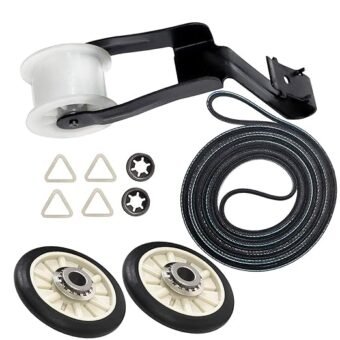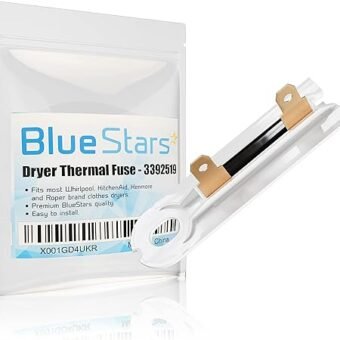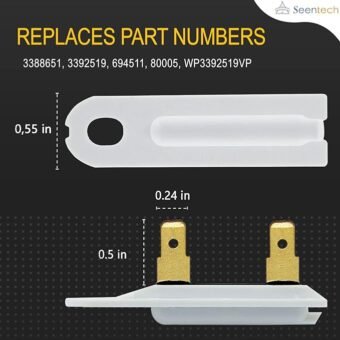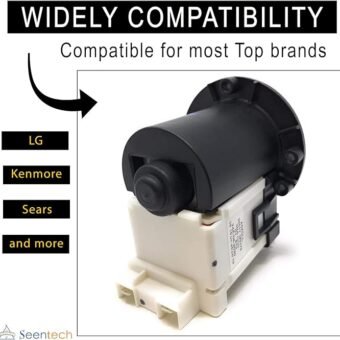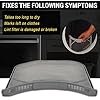Understanding the Importance of Household Replacements
Regularly replacing household items is essential for maintaining a sustainable and efficient living environment. Over time, many common household items, such as air filters, kitchen sponges, and water filters, lose their effectiveness. These items can subsequently become breeding grounds for bacteria, molds, or other contaminants that pose health risks to inhabitants. By replacing these items periodically, households can significantly reduce potential hazards and maintain a cleaner living space.
For instance, air filters play a crucial role in improving indoor air quality by trapping dust, pollen, and other particles. However, if not replaced regularly, they can become clogged, reducing their efficacy and forcing HVAC systems to work harder. This not only decreases air quality but also increases energy consumption and utility bills. Similarly, kitchen sponges, which are prone to bacteria buildup, need frequent replacement to prevent the spread of harmful germs during food preparation.
Modern advancements in household products have introduced a range of energy-efficient and eco-friendly replacements that offer multiple benefits. Upgrading to energy-efficient appliances, such as refrigerators, washing machines, and lighting systems, can lead to substantial long-term savings on electricity bills while also reducing the household’s carbon footprint. Additionally, eco-friendly products made from sustainable materials contribute positively to environmental conservation efforts.
Apart from health and environmental benefits, timely replacements of household items also enhance the overall functionality and safety of the home. For example, regularly replacing water filters ensures access to clean drinking water, free from contaminants like lead and chlorine. This not only safeguards health but also improves the taste and quality of drinking water. Furthermore, replacing worn-out tools and safety devices, such as smoke detectors and fire extinguishers, ensures they function properly during emergencies, potentially saving lives and preventing property damage.
Top Household Items You Should Regularly Replace and Why
Regularly replacing certain household items is vital for maintaining a healthy, efficient, and cost-effective living environment. Below is a list of the most critical household items that require regular replacement, alongside the recommended time frames and reasons for these schedules.
Water Filters: It’s advisable to replace water filters every six months. Over time, filters become clogged with contaminants, reducing their efficacy and ultimately compromising the quality of drinking water. Regular replacement ensures a consistent supply of clean, safe water which positively impacts overall health.
Air Filters: Air filters should be replaced every three months. As filters trap dust, pollen, and other airborne particles, they become less effective over time, leading to poor indoor air quality. Timely replacement improves air circulation, minimizes potential allergens, and enhances the efficiency of heating and cooling systems, thus saving on energy costs.
Kitchen Sponges: Replace kitchen sponges on a weekly basis. Sponges are breeding grounds for bacteria due to their constant exposure to food particles and moisture. Regular replacement helps prevent the spread of germs, ensuring a more sanitary kitchen environment.
Smoke Detector Batteries: Smoke detector batteries should be replaced yearly. A functional smoke detector is crucial for safety, providing early warnings in the event of a fire. Annual battery replacement ensures the detector operates correctly, significantly increasing household safety.
To manage these replacements effectively, consider setting calendar alerts or reminders on your smartphone. These tools help you stay on track, making the process of regular replacements straightforward and hassle-free. Adopting these practices not only enhances household health and safety but also ensures the optimal performance of household systems, leading to long-term cost savings.

